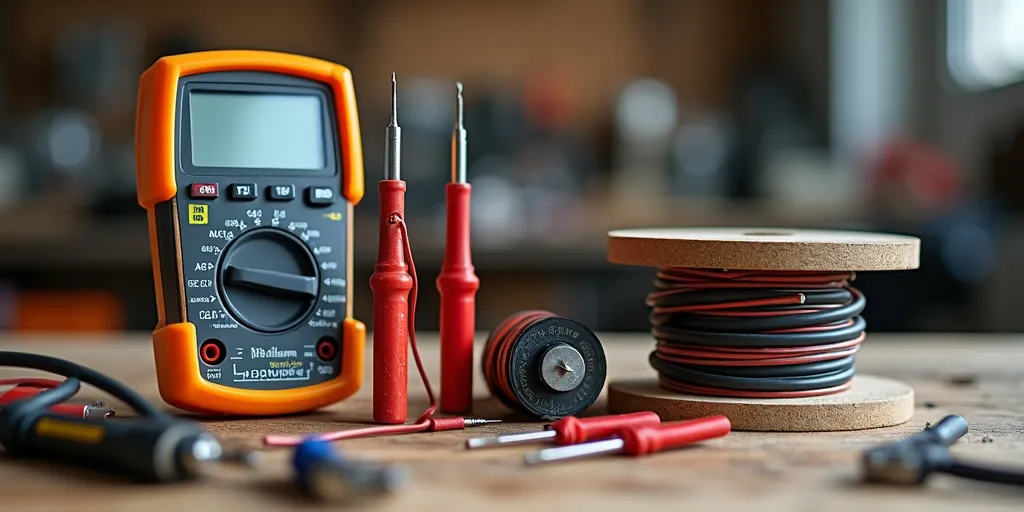-
Shopping Tools
-
Care & Maintenance
-
About
-
Dealer Login

Before you touch a cart’s wiring, isolate power, protect yourself, and control the workspace—smart prep prevents shocks, shorts, and expensive component damage.
Working on the electrical system of modern golf carts is straightforward when you follow a disciplined safety process. The golden rule is to de-energize and verify: disconnect the main negative battery cable, place the Tow/Run switch in Tow, and confirm zero voltage at the circuit you intend to service. Combine that with the right protective gear, good ventilation, and careful wiring practices, and you’ll avoid accidental shorts, arc flashes, and controller damage.
Use safety glasses, insulated gloves, and closed-toe shoes. Remove rings, watches, and bracelets that can bridge terminals. If you’ll be near batteries, keep baking soda/water on hand to neutralize acid residue and use a face shield for aggressive cleaning.
Stabilize the cart on flat ground, apply the parking brake, and chock the wheels. You don’t want a jolt or roll just as you’re loosening a terminal or routing a cable.
Work in a well-ventilated space away from sparks or open flames. Charging batteries can emit hydrogen gas; good airflow reduces ignition risk and disperses fumes.
Because it eliminates the energy source. With the main negative cable removed and the system in Tow, you break the circuit so a dropped wrench or stray wire can’t complete it and cause an arc, melted insulation, or fire. It also protects sensitive electronics—controllers, solenoids, and converters—from voltage spikes and back-feed. Finally, it prevents unintended motion; a live circuit can energize a contactor or motor if a switch is bumped or a wire shorts, creating a serious injury risk.
With deliberate isolation, the right PPE, and disciplined wiring habits, you’ll service electrical systems confidently and keep components—and people—safe. Treat every step as a checklist item, and your results will be clean, reliable, and repeatable.
